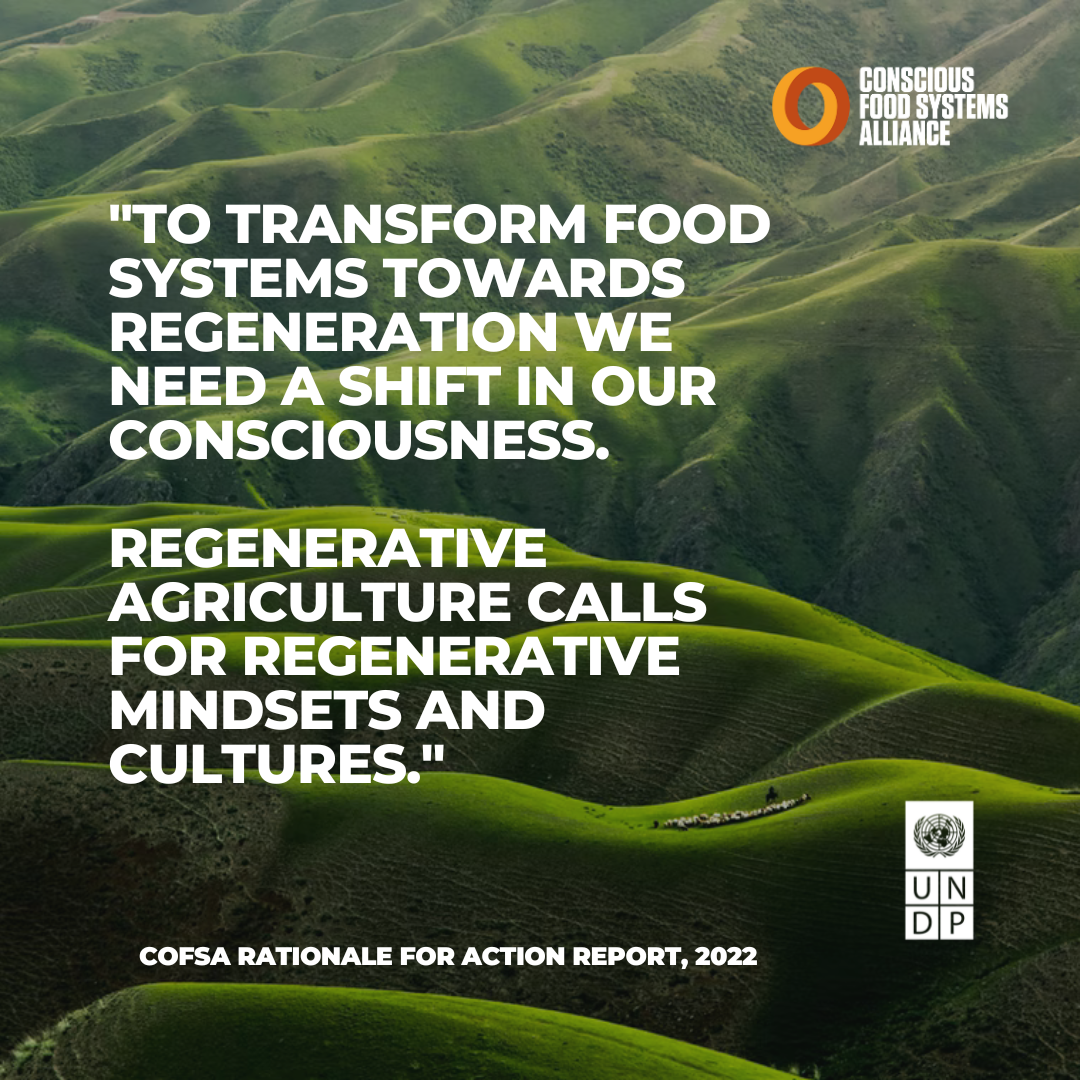First round within the climate education landscape
Walking up our UNESCO world heritage “Bergpark” under Hercules watchful, naked eyes. Walking towards our first Innovation Circle for the State Ministry of Agriculture and the Environment, hosted at the Forest School Kassel – a space dedicated to Education since 1926, surrounded by a forest, much, much older. Entering an agile development sprint, a temporal coop quest within our climate education landscape in the fields of #foodsystems. An innovation program, initiated, funded and facilitated by our innovative documenta City Stadt Kassel for the Ministry – together with a network of expert organizations in the field.





Letting 100 gut project ideas pour out of us into the middle of our “Great Circle”, then collectively point voting them down to 4 projects with 4 Team Circles. Sitting in the green grass in springtime sun beams, eating fresh baked bred, jamming ideas in our 4 Circles…walking back down town……
After an intense and fruitful first round in the Innovation Sprint, we will continue on Monday to write our concepts and Offering out. With this official procedure we will then be directly awarded, assigned, equipped with a fund and a Go! from the City Administration of our Stadt Kassel.
I am grateful to be part of the Journey – bringing my work experience, skill sets, talents and passions to the Circle, as all of our fellows do. + I bring my fresh On-Boarding bag of practices and approaches, inspired by the wonderful Conscious Food Systems Alliance, convened by UNDP Food Systems. An Alliance, I’ve gratefully and happily joined.

 Joining the Climate Education Landscape Innovation Pot by the Hessian Ministry for Agriculture and the Environment, Germany
Joining the Climate Education Landscape Innovation Pot by the Hessian Ministry for Agriculture and the Environment, Germany
 Project documentation:
Project documentation:  Join the educational community continuing SWAG:
Join the educational community continuing SWAG: 





















